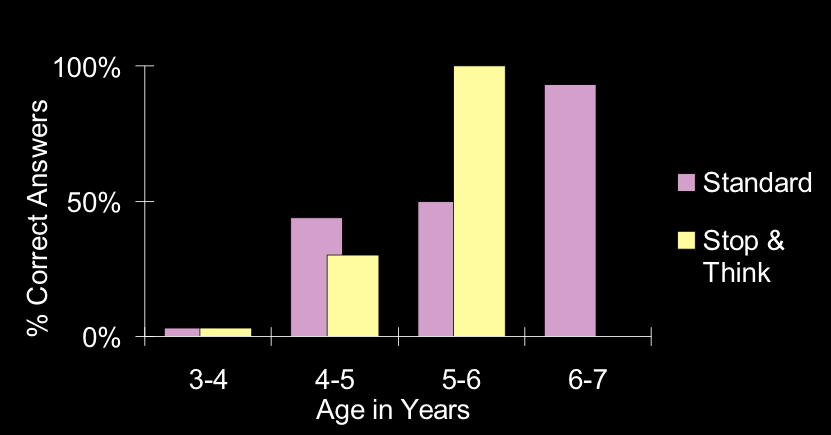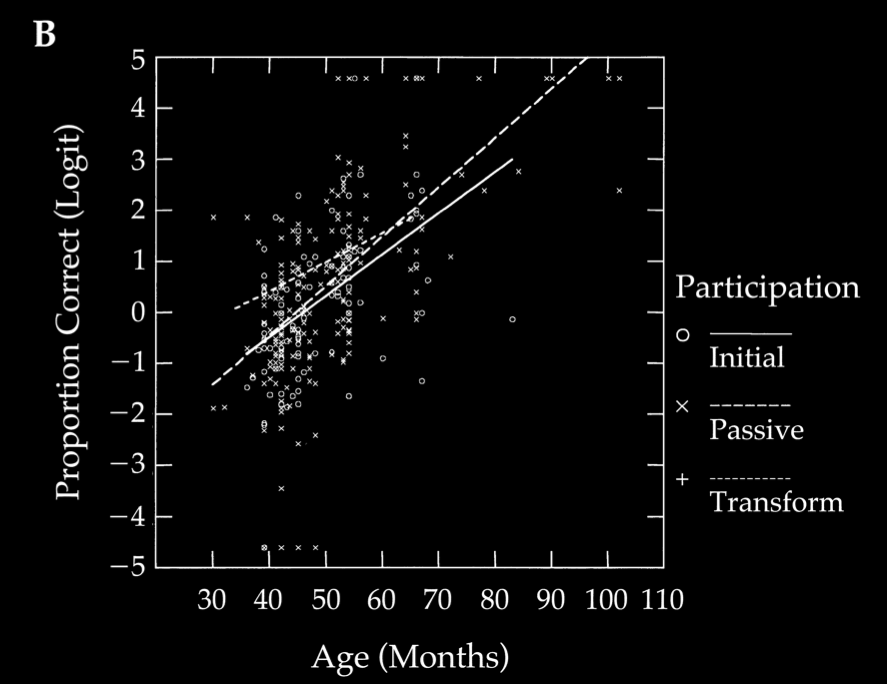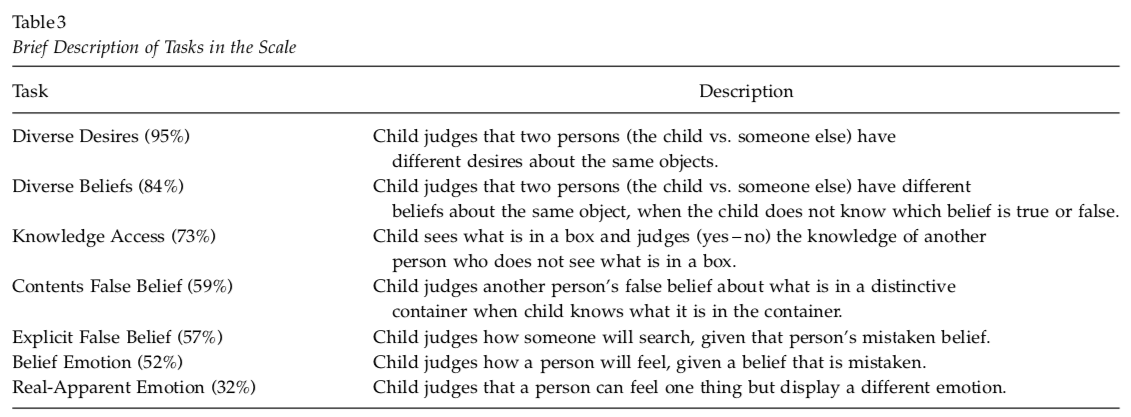Click here and press the right key for the next slide.
(This may not work on mobile or ipad. You can try using chrome or firefox, but even that may fail. Sorry.)
also ...
Press the left key to go backwards (or swipe right)
Press n to toggle whether notes are shown (or add '?notes' to the url before the #)
Press m or double tap to slide thumbnails (menu)
Press ? at any time to show the keyboard shortcuts
Knowledge of Mind


Origins of Mind : 03
s.butterfill & [email protected]
| lecture(s) | topic |
| 01 | Methodological Foundations and the Philosophy of Cognitive Development |
| 02 | Understanding Action in Infancy (& Mirror Neurons) |
| 03 & 04 | Mindreading, Developmental and Comparative |
| 05 | Joint Action |
| 06 | Nonverbal Communication |
| 07 | Communication and Cooperation |
| 08 | Social Attention and Evolution |
| 09 | Knowledge of Syntax (and Innateness) |
why?

of mindreading.
(Premack & Woodruff 1978: 515)
belief ≠ theory of mind
‘Maxi puts his chocolate in the BLUE box and leaves the room to play. While he is away (and cannot see), his mother moves the chocolate from the BLUE box to the GREEN box. Later Maxi returns. He wants his chocolate.’
blue
box
green box
I wonder where Maxi will look for his chocolate
‘Where will Maxi look for his chocolate?’
Wimmer & Perner 1983
Two models of minds and actions
Belief model
Fact model
Maxi wants his chocolate.
Maxi wants his chocolate.
Maxi believes his chocolate is in the blue box.
Maxi’s chocolate is in the green box.
Therefore:
Therefore:
Maxi will look in the blue box.
Maxi will look in the green box.
‘Maxi puts his chocolate in the BLUE box and leaves the room to play. While he is away (and cannot see), his mother moves the chocolate from the BLUE box to the GREEN box. Later Maxi returns. He wants his chocolate.’
blue
box
green box
I wonder where Maxi will look for his chocolate
‘Where will Maxi look for his chocolate?’
Wimmer & Perner 1983

Wimmer & Perner, 1983
Two models of minds and actions
Belief model
Fact model
Maxi wants his chocolate.
Maxi wants his chocolate.
Maxi believes his chocolate is in the blue box.
Maxi’s chocolate is in the green box.
Therefore:
Therefore:
Maxi will look in the blue box.
Maxi will look in the green box.


Wellman et al, 2001 figure 2A

Wellman et al, 2001 figure 5

Wellman et al, 2001 figure 6

Wellman et al, 2001 figure 7


of mindreading.
Sellars' Myth of Jones? (Heyes & Frith, 2014)
‘If folk psychology is the cultural construction of theory-like models of behaviour, we can also see why ToM might deliver only crude generalisations of how agents behave (Maibom 2003), and why folk models might incorporate the cultural prejudices of their users (Eickers 2019).’
(Moore, 2020, p. 9)

The Paradox of Language Development
The emergence of communication with language requires certain theory of mind abilities.
Having those theory of mind abilities requires being able to communicate with language.

of mindreading.
Sellars' Myth of Jones? (Heyes & Frith, 2014)
but ...